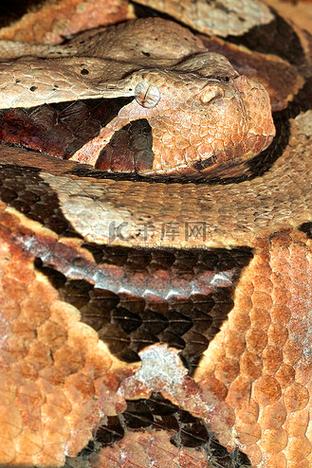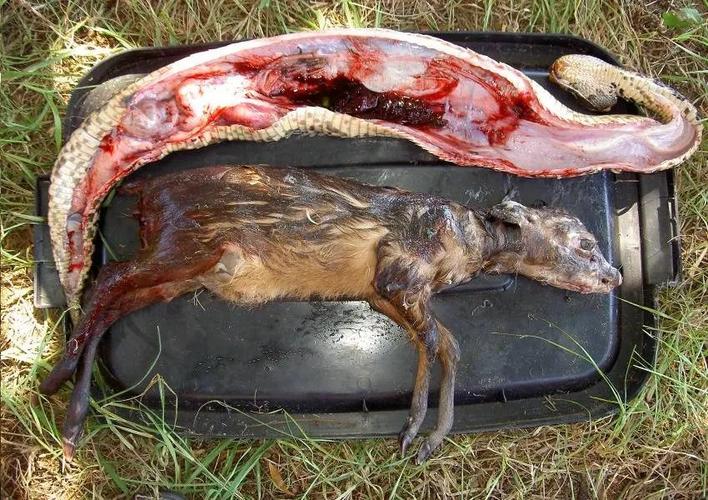
Gaboon Adder Bite: A Detailed Look into the Dangers and Aftermath
The Gaboon adder, also known as Bitis gabonica, is one of the most venomous snakes in the world. Its bite can be incredibly dangerous, and understanding the aftermath is crucial for anyone who might encounter this creature. Let’s delve into the details of the Gaboon adder bite, exploring its effects, treatment, and the challenges faced by those affected.
Understanding the Gaboon Adder
The Gaboon adder is native to central and western Africa, where it resides in a variety of habitats, including forests, savannas, and swamps. It is the largest venomous snake in Africa, with an average length of about 6.5 feet (2 meters). Its coloration ranges from dark brown to black, with a distinctive yellow or white belly.

These snakes are primarily nocturnal and spend the day coiled in burrows or under logs. They are non-aggressive and will only bite when threatened or accidentally stepped on. Their venom is highly toxic, containing a cocktail of enzymes, neurotoxins, and hemotoxins that can cause severe damage to the body.
The Effects of a Gaboon Adder Bite
When a Gaboon adder bites, the effects can be immediate and severe. The venom enters the bloodstream, causing a range of symptoms, including:
| Immediate Symptoms | Later Symptoms |
|---|---|
| Severe pain at the bite site | Swelling, bruising, and discoloration |
| Difficulty breathing | Severe bleeding |
| Loss of muscle control | Severe muscle weakness |
| Confusion and disorientation | Seizures and coma |
Without immediate treatment, the bite can be fatal. The venom can cause tissue damage, blood clotting issues, and respiratory failure, leading to death within hours or days.
Treatment and Prevention
Immediate treatment is crucial for a Gaboon adder bite. The following steps should be taken:

- Remove any constrictive clothing or jewelry to prevent swelling.
- Keep the bitten area elevated to reduce the spread of venom.
- Seek medical attention immediately.
- Administer antivenom if available. Antivenom is the only effective treatment for a Gaboon adder bite.
Prevention is also key. When traveling in Gaboon adder territory, take the following precautions:
- Wear protective clothing and footwear.
- Be cautious when walking in dense vegetation or near water.
- Do not handle or provoke snakes.
The Challenges of Treatment
Despite the availability of antivenom, treating a Gaboon adder bite remains challenging. The following factors contribute to the difficulties:
- Antivenom is not always readily available in remote areas.
- Antivenom can cause severe allergic reactions in some individuals.
- The cost of antivenom can be prohibitive.
Additionally, the time it takes to receive treatment can be critical. In many cases, the bite victim may have to travel long distances to reach a medical facility, increasing the risk of death or severe complications.
Conclusion
The Gaboon adder bite is a serious and potentially fatal event. Understanding the risks, recognizing the symptoms, and seeking immediate treatment are essential for survival. While antivenom is available, the challenges of treatment and prevention highlight the need for continued research and education to combat this dangerous snake.







